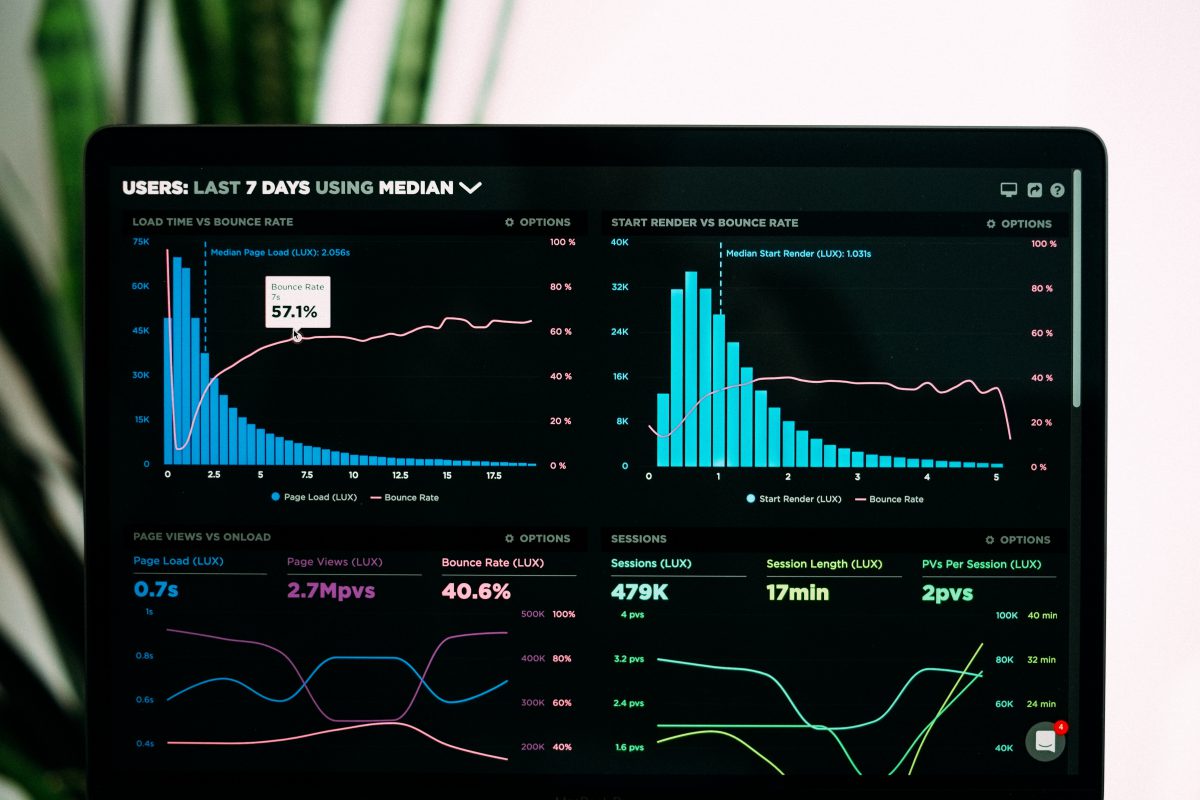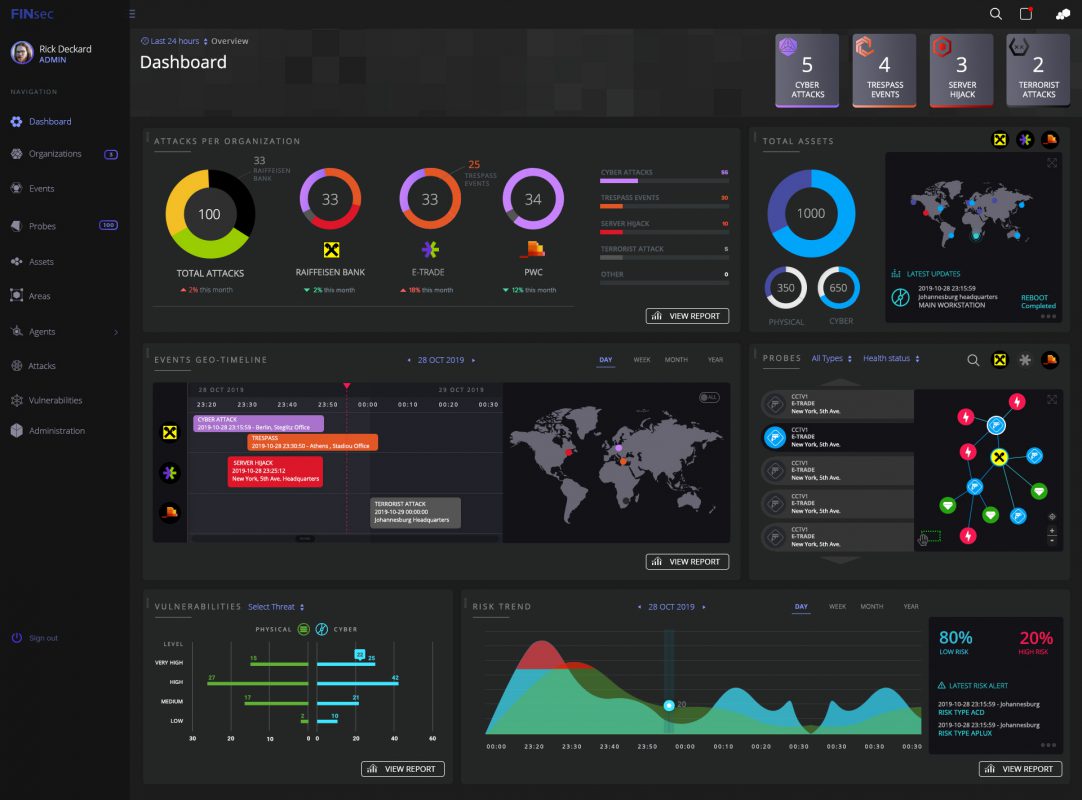In the era of globalization, the finance sector comprises some of the most critical infrastructures that underpin our societies and the global economy. In recent years, the critical infrastructures of the financial sector have become more digitalized and interconnected than ever before. Indeed, recent advances in leading edge ICT technologies like BigData, Internet of Things […]
Information Modelling for Integrated (Cyber/Physical) Security Systems The H2020 FINSEC project is developing a unified approach to implementing security in the financial services industry, which is based on the integrated management of both cyber and physical security threats. This unified approach is motivated by the need to reduce the fragmentation of the security teams in financial organizations, […]
Financial Supply Chain Security: The value of Collaboration Information sharing and collaboratively managing and mitigating security issues is the next frontier in financial security. Recently, an attack to the largest bank of Malta (Bank of Valeta – BOV) was prevented. Hackers attempted to withdraw 13 million euros, but the bank, shut down its systems, closed […]
It’s quite easy to experiment with simple trading & risk assessment models using Python. One could start with the simple Capital asset pricing model (CAPM), which despite its limitations remains popular in various diversified portfolio construction use cases. Using the stats module of SciPy one can easily regress a company’s stock returns (Ri) against the […]
Blockchain technology become famous following the introduction of blockbuster cryptocurrencies like BitCoin and Ethereum, which are still the sole applications of blockchains at scale. BitCoin and Ethereum have attracted the interest of the financial services industry, while at the same time giving rise to the introduction of additional cryptocurrencies (AltCoins) such as LightCoin, PrimeCoin, NameCoin and […]
The H2020 FINSEC project is developing a unified approach to implementing security in the financial services industry, which is based on the integrated management of both cyber and physical security threats. This unified approach is motivated by the need to reduce the fragmentation of the security teams in financial organizations, while at the same time streamlining their […]
When it comes to blockchain technology, the bitcoin blockchain is the first infrastructure that comes to our minds. The technology that underpins BitCoins has ensured extremely secure and stable support for the popular digital currency. It has also introduced and demonstrated the concepts of transactions and smart contracts over the blockchain infrastructure. Nevertheless, Bitcoin smart […]
The Internet-of-Things (IoT) computing paradigm is revolutionizing industrial organizations, through providing the means for bridging physical processes with the digital world. This digitization of physical processes is transforming entire industrial sectors including manufacturing, logistics, energy, oil & gas and more. The financial services industry is no exception: the blending of IoT devices and technologies into […]
We are living in an era of continuous and rapid change, which is evident in every aspect of our social, economic and political lives. No matter where you are and what you do for a living you can sense changes happening in a pace that is more rapid than ever before. Take the labor market […]
Less than a decade ago, the next generation of security challenges was closer to science fiction than to strategic investments (e.g., security infrastructure challenges were the stuff of Die Hard movies rather than systemic cyber-physical threats; predictive analytics was a movie plot theme, like “pre-crime”; machine learning had limited applications to the financial sector and […]











